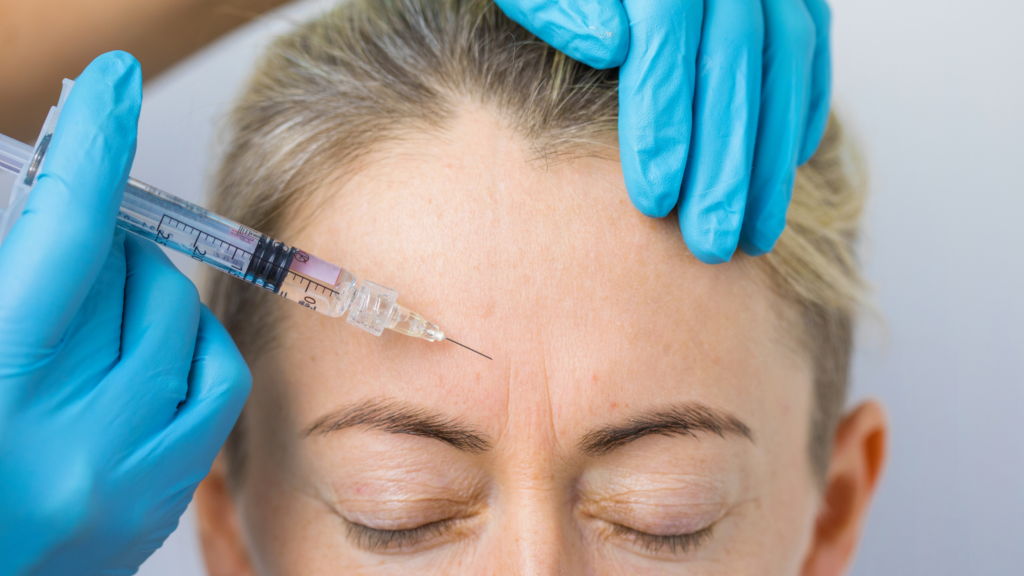Let’s talk about Botox.
According to the American Board of Cosmetic Surgery, Botox injections are the most popular cosmetic procedure nationwide. In 2020, the top nonsurgical cosmetic procedure worldwide was Botulinum toxin seeing plastic surgeons performing over 6.2 million Botox injections worldwide.
What is Botox?
Botox is a neurotoxin derived from the bacterium Clostridium botulinum. When present in contaminated food, it can interfere with critical muscles in the body, causing paralysis and even death.
But when injected in tiny doses into targeted areas, it can block signals between nerves and muscles, causing them to relax. That’s how it smooths wrinkles: by immobilizing the muscles surrounding fine lines, those lines are less likely to move, making them less noticeable.
Today, Botox injections are for more than treating lines and creases. Botox is now being used to treat serious medical conditions with surprising results.
A happy side effect
Botox’s ability to smooth facial wrinkles was first discovered by accident. In the 1970s, an ophthalmologist started studying the toxin as a therapy for people with a medical condition that rendered them cross-eyed. But a lightbulb went off when his patients began joking about Botox’s wrinkle-smoothing effects.
In 2002, Botox earned FDA approval for so-called frown lines–wrinkles between eyebrows–marking the first time a pharmaceutical drug was given the green light for a strictly cosmetic purpose. And when the word Botox is mentioned, most people think of its cosmetic use.
But today, it’s the medical uses of the drug that are the great discoveries, partly because doctors are using it for unapproved “off-label” use.
The many uses of Botox
Chronic migraines (FDA approved)
In 1992, a Beverly Hills plastic surgeon observed that when he injected patients with Botox for wrinkles around the forehead and eyes, they reported fewer headaches. Botox was approved to treat chronic migraines in 2010.
Excessive underarm sweating (FDA approved)
When doctors noticed that their patients being treated with Botox for facial spasms were sweating less, scientists began studying whether Botox could be a successful therapy for people with severe primary axillary hyperhidrosis. Botox was approved for the treatment in 2004. Some people also use Botox to treat overly sweaty hands and feet.
Tempromandibular Joint Dysfunction (Not FDA approved)
A study in 2012 found that Botox treatments for Tempromandibular Joint Dysfunction (TMJ) decreased pain and increased mouth movements for several months following the treatment. Though not officially FDA approved, medical professionals have been administering this pain treatment for decades due to the positive results they continue to see in their own patients and in studies of patients.
What else?
Physicians are also using Botox to treat depression, premature ejaculation, cold hands, and even the dangerous cardiac condition of atrial fibrillation after heart surgery.
The results are being studied, and perhaps Botox will receive FDA approval to treat these and other medical conditions in the future.
Physician-administered is best
Many people think that because Botox is advertised in day spas and other non-medical offices, botulinum injections are on the same level as a manicure, facial, or haircut. Wrong!
When it comes down to it, Botox is a toxin and should only be administered by a trained medical provider in a medical office—especially for treating chronic conditions.
Talk to us
Complete Health Partner providers in West Nashville have received training in administering Botox for cosmetic and medical purposes. If you’re curious about what Botox can do for you, call (629) 203-7858 or visit completehealthpartners.com/wellness for more information and to book an appointment.

